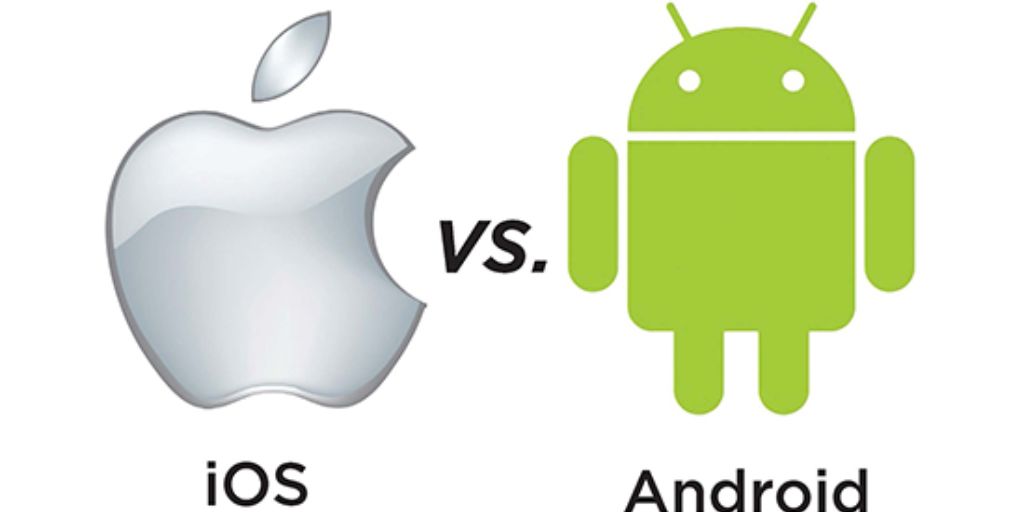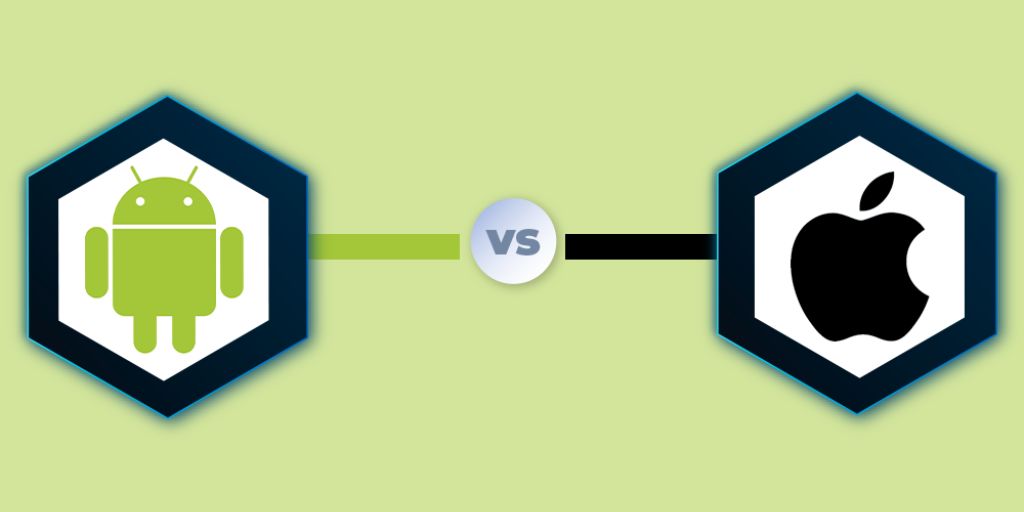The debate between Android and iOS has been raging for over a decade, and it shows no signs of slowing down. These two mobile operating systems dominate the global smartphone market, each offering distinct features, strengths, and limitations.
But when it comes to choosing between them, the “better” option depends on your personal needs, preferences, and how you plan to use your device. Let’s break down the key differences to help you decide which is right for you.
1. Customization and Flexibility
One of Android’s standout advantages is its high level of customization. You can change home screen layouts, install third-party launchers, add widgets anywhere, and even swap out system apps. Advanced users can “root” their devices to gain deeper access to the system for tweaks and custom ROMs.
iOS, on the other hand, is more restrictive. While recent updates have introduced widgets and some customization options, Apple maintains tight control over the user experience. This results in a consistent and polished interface but limits your ability to personalize the system deeply.
Best for: Those who love tweaking their phone and making it truly their own will likely prefer Android.
2. App Quality and Ecosystem
Both platforms offer millions of apps, but there are differences in quality and consistency. iOS apps are often launched first and are known for their polished design and seamless performance. Apple’s strict guidelines ensure high app quality across the board.
Android’s Play Store also has a huge selection, but app quality can be more variable. That said, Android allows sideloading apps from outside the Play Store, giving you access to more tools and niche apps.
Best for: If you want the best-designed apps and early access to new releases, iOS has the edge. For variety and openness, Android shines.
3. Hardware Variety
Android powers devices from dozens of manufacturers, including Samsung, Google, OnePlus, and Motorola. This means you can find Android phones at nearly every price point—from budget-friendly models to ultra-premium flagships. There’s also a wide variety of designs, camera systems, and unique features to choose from.
In contrast, iOS is exclusive to Apple’s iPhones. While these devices are known for their build quality and longevity, your choices are limited to Apple’s lineup.
Best for: If you value having many options or need a device within a specific budget, Android offers unmatched variety.
4. Software Updates and Longevity
Apple provides software updates for its devices for many years—often 5 years or more. Updates are rolled out simultaneously to all compatible devices, ensuring you get new features and security patches quickly.
Android updates are more fragmented. Google’s own Pixel phones receive timely updates, but other manufacturers often delay rollouts, and some lower-end models may only get one or two major updates.
Best for: If you want long-term software support and timely updates, iOS is a safer bet.
5. Integration with Other Devices
Apple’s ecosystem is famous for its seamless integration. Features like AirDrop, Handoff, and Continuity make it easy to move between iPhones, Macs, iPads, and Apple Watches. If you’re already using other Apple products, sticking with iOS provides a tightly integrated experience.
Android integrates well with Google services and works across a broader range of devices, but it can’t match the seamlessness of Apple’s ecosystem.
Best for: If you’re deeply invested in Apple’s ecosystem, iOS will enhance your experience. For Google users or those who prefer flexibility across brands, Android fits better.
6. Privacy and Security
Apple emphasizes user privacy, offering features like App Tracking Transparency and on-device data processing. iOS also restricts background data access and enforces strict app permissions.

Android has improved its privacy controls significantly, especially in recent versions, but its open nature and varied manufacturer practices can lead to inconsistent security protections.
Best for: Those highly concerned about privacy may lean toward iOS, though Android has made great strides in this area.
7. Voice Assistants and AI
Google Assistant is widely regarded as the most powerful and versatile voice assistant, excelling in search queries, smart home integration, and contextual understanding.
Apple’s Siri is well-integrated with iOS and works smoothly within Apple’s ecosystem, but it’s generally considered less capable than Google Assistant in complex queries.
Best for: If you rely heavily on a voice assistant, Android with Google Assistant may be the superior choice.
8. File Management and Sharing
Android offers a more traditional file management system, allowing easy access to files, drag-and-drop capabilities, and simple sharing between devices using Bluetooth or NFC.
iOS’s Files app has improved file management, but the system is still more closed off. Sharing files outside of Apple’s ecosystem (like AirDrop) can be clunky.
Best for: Users who need advanced file management or frequently share files across different devices may prefer Android.
9. Battery and Charging
Both platforms offer devices with excellent battery life, but Android phones often lead in charging options. Many Android devices feature fast charging, reverse wireless charging, and USB-C ports. Apple has added MagSafe wireless charging and improved its fast charging capabilities, but adopting new charging tech is generally slower.
Best for: Android devices tend to push the envelope more if fast charging and cutting-edge battery features matter.
Conclusion
Choosing between Android and iOS boils down to your personal priorities:
-
Go for Android if: You value customization, variety, flexibility, and the best Google services integration. Android offers more device choices and allows you to tailor your experience deeply.
-
Choose iOS if: You prioritize simplicity, security, polished apps, long-term software updates, and seamless integration with other Apple products. iPhones provide a premium, consistent experience with excellent support.
Ultimately, neither platform is objectively better—it’s about what works best for you. Take stock of your needs, budget, and the devices you already own, and you’ll make a choice that enhances your mobile life.




